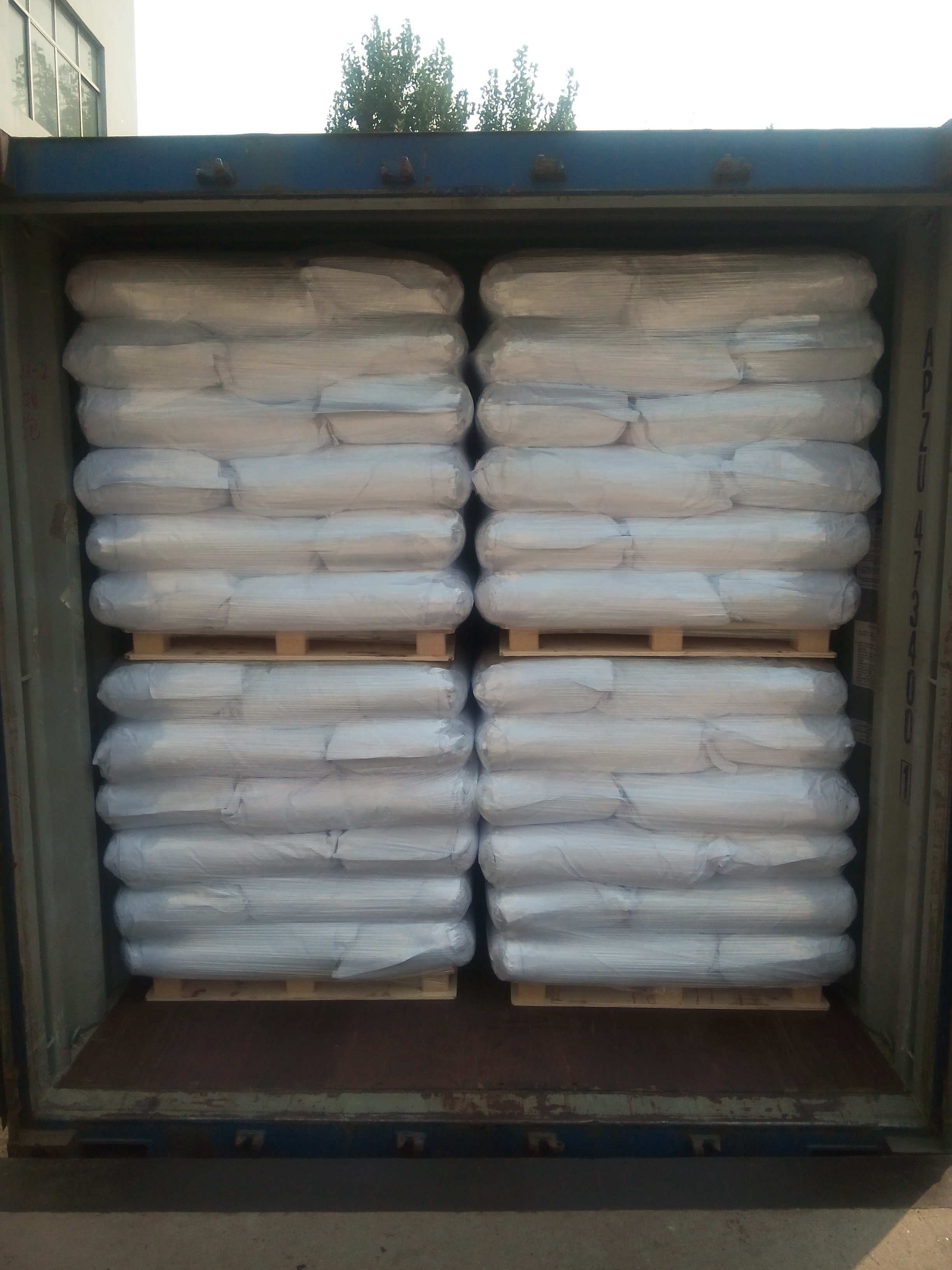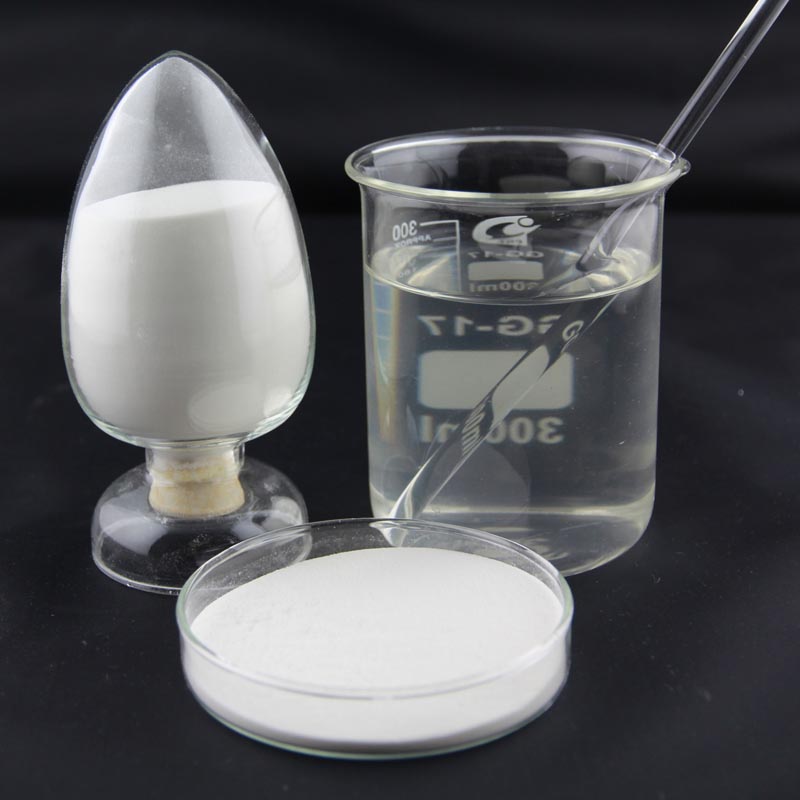The role of HPMC in wet mortar
Wet-mixed mortar: Mixed mortar is made of cement, fine aggregate, admixtures and water. According to the properties of each component, in a certain proportion, it is measured at the mixing station, mixed, and transported to the place of use. Truck, load into special storage containers and use the finished wet mix within a specified time.
1.Hydroxypropyl methylcellulose is used as a water-retaining agent for cement mortar and retarded mortar pumping. As a binder in gypsum, it improves the applicability and extends the operating time. The water retention of hydroxypropyl methylcellulose HPMC prevents the slurry from cracking too quickly after drying, and improves the strength after hardening. Water retention is an important performance of hydroxypropyl methylcellulose HPMC, and it is also a concern of many wet mortar manufacturers. Factors that affect the water retention effect of wet mortar include the amount of HPMC added, the viscosity of HPMC, the fineness of the particles and the temperature of the use environment.

2.The role of hydroxypropyl methylcellulose HPMC in wet mortar mainly has three aspects. One is its excellent water retention capacity, the other is its influence on the consistency and thixotropy of wet mortar, and the third is its interaction with cement. The water retention of cellulose ether depends on the water absorption rate of the base layer, mortar mortar composition, mortar layer thickness, mortar water demand, and setting time. The higher the transparency of hydroxypropyl methylcellulose, the better its water retention.
3.Factors that affect the water retention of wet mortar include the viscosity, addition amount, particle size and temperature of cellulose ether. The greater the viscosity of the cellulose ether, the better the water retention. Viscosity is an important parameter for HPMC performance. For the same product, the results of measuring viscosity using different methods vary greatly, and some even differ by twice. Therefore, viscosity comparisons must be made under the same test method, including temperature, spindle, etc.

4.Generally speaking, the higher the viscosity, the better the water retention. But the higher the viscosity, the higher the molecular weight of HPMC, and the lower the solubility of HPMC, which has a negative impact on the strength and construction performance of the mortar. The higher the viscosity, the more obvious the thickening effect of the mortar, but there is no direct relationship. The higher the viscosity, the stickier the wet mortar, the better the construction performance, the better adhesion and scraping performance, and the higher the adhesion to the substrate. However, the increased structural strength of the wet mortar itself does not help. Both are constructed and show no obvious anti-hanging performance. In contrast, some low to medium viscosity but modified hydroxypropyl methylcelluloses excel in improving the structural strength of wet mortars.
5.The greater the amount of cellulose ether PMC wet mortar added, the better the water retention, the higher the viscosity, the better the water retention. Fineness is also an important performance indicator of hydroxypropyl methylcellulose.

6.The fineness of hydroxypropyl methylcellulose also has a certain impact on its water retention. Generally speaking, for hydroxypropyl methylcellulose with the same viscosity and different fineness, at the same addition amount, the smaller the fineness, the better the water retention effect.
7.In wet mortar, the addition amount of cellulose ether HPMC is very low, but it can significantly improve the construction performance of wet mortar and is the main additive that mainly affects the performance of mortar. Reasonable selection of hydroxypropyl methylcellulose has a great influence on the performance of wet mortar
